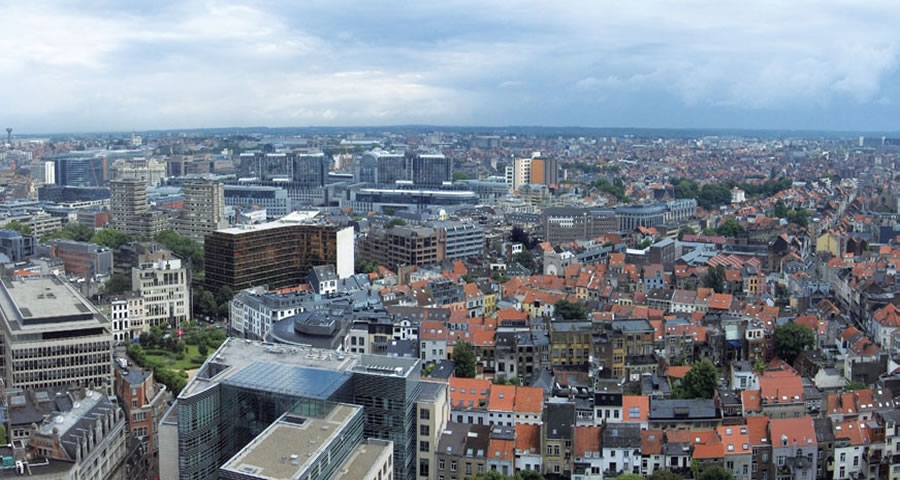
- Blogs
- Posted
Comment - Why the path to recovery will be passive
MosArt & Passive House Academy co-founder Tomás O’Leary sees great prospects for Ireland’s beleaguered construction sector – if we embrace the passive house approach
July 2012 was the 4th anniversary of the demise of the architectural and construction industry in Ireland. I should know, because in the first few weeks of August 2008 the running joke in our office was “has someone cut the phone lines?” Four years later, and this is no laughing matter. To be perfectly honest, if we don’t do something pretty radical pretty soon, it will be another four years or maybe more until we see a pickup of any note.
We face the choice to either sit on our hands and wait out the doldrums, or to take proactive action and set a new course which will kick start the sector once more.
It is my conviction that the best way forward is through marketing our goods and services abroad. All the indications are that it’s going to be deadly quiet in Ireland for the next several years, so we need to look elsewhere for markets that need high quality products and know-how. We should promote Ireland on the world stage as a leading green construction nation, one that is focused entirely on delivering buildings of the highest quality. The effort should be marketed under a brand that is recognised globally as the ultimate in terms of energy efficiency. What I’m referring to here is passive house.
At the national See the Light Conference in September at Citywest, we heard from a City of Brussels official on how they have decided to mandate the passive house standard in 2015. All new construction from that year on has to be built to the passive house standard. The significance of Brussels following this path should not be underestimated. It is, after all, the political capital of Europe, where a lot of far-reaching policy decisions are made. Other cities and regions will no doubt follow, and soon enough there will be nation states signing up because they see the sheer common sense of it.
It is my hope that Ireland rises up to this challenge and becomes the first state in the world to adopt the passive house standard. We have a track record of being first out of the traps with such policies as the smoking ban and plastic bag levy – so why not sign up for something that will generate significant employment and innovation?
To adopt the passive house standard as an acceptable means of complying with the Building Regulations would put Ireland on the global stage in terms of green construction. Speaking English and given our international reputation as the land of 100,000 welcomes won’t do us any harm either. We now have a fine stock of demonstration passive house buildings to showcase, including schools, offices, nursing homes, social housing, a
supermarket, student residence and lots more besides. Plus, we have quite possibly the largest manufacturer of passive house windows in the world in Munster Joinery.
But perhaps more significantly than all this, we have a highly educated design and build community emerging. Ireland is just second in the world to Germany in terms of the number of certified passive house consultants and we are also leading the way in terms of certified passive house tradespeople.
Given the worldwide support structure provided by Enterprise Ireland, I see no reason why designers, consultants and contractors can’t reach out and offer their services internationally. Munster Joinery is doing this already, serving the massive US market through Klearwall.com – incredibly, there is no company in the US yet making certified passive house windows. The Passive House Academy too is consulting internationally, certifying passive house projects not just in the US, but also in far flung places such as China and New Zealand. The academy is also providing training in the US to architects and consultants and could therefore act as a conduit for other companies wishing to break into this market.
If Ireland goes passive, it will drive innovation, research and development and exports in a sector that is clinging on for dear life. I can envisage a time when teams of highly skilled craftsmen will be travelling internationally to work on ground-breaking projects – much like the Germans and Austrians do currently.
We have a great opportunity to be first out of the blocks. It’s not about the building regulations, and it’s not about saving the planet right now – it’s about developing a deep green brand for Ireland.
Let’s not be the second man on the moon.
Related items
-
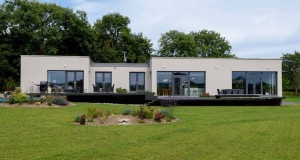 The house that costs €70 a year to heat
The house that costs €70 a year to heat -
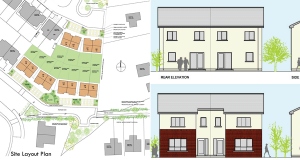 €170k Wexford passive semis launch – with free heat & hot water
€170k Wexford passive semis launch – with free heat & hot water -
EU president sets passive precedent
-
 Traditional Irish cottage looks to the future
Traditional Irish cottage looks to the future -
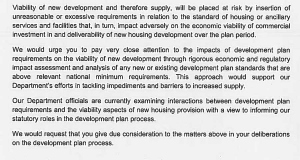 Department of the Environment objects to higher housing standards
Department of the Environment objects to higher housing standards -
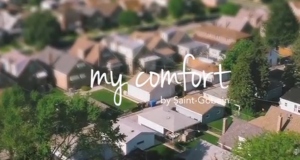 Saint-Gobain launches 'Multi Comfort' concept at Ecobuild
Saint-Gobain launches 'Multi Comfort' concept at Ecobuild

